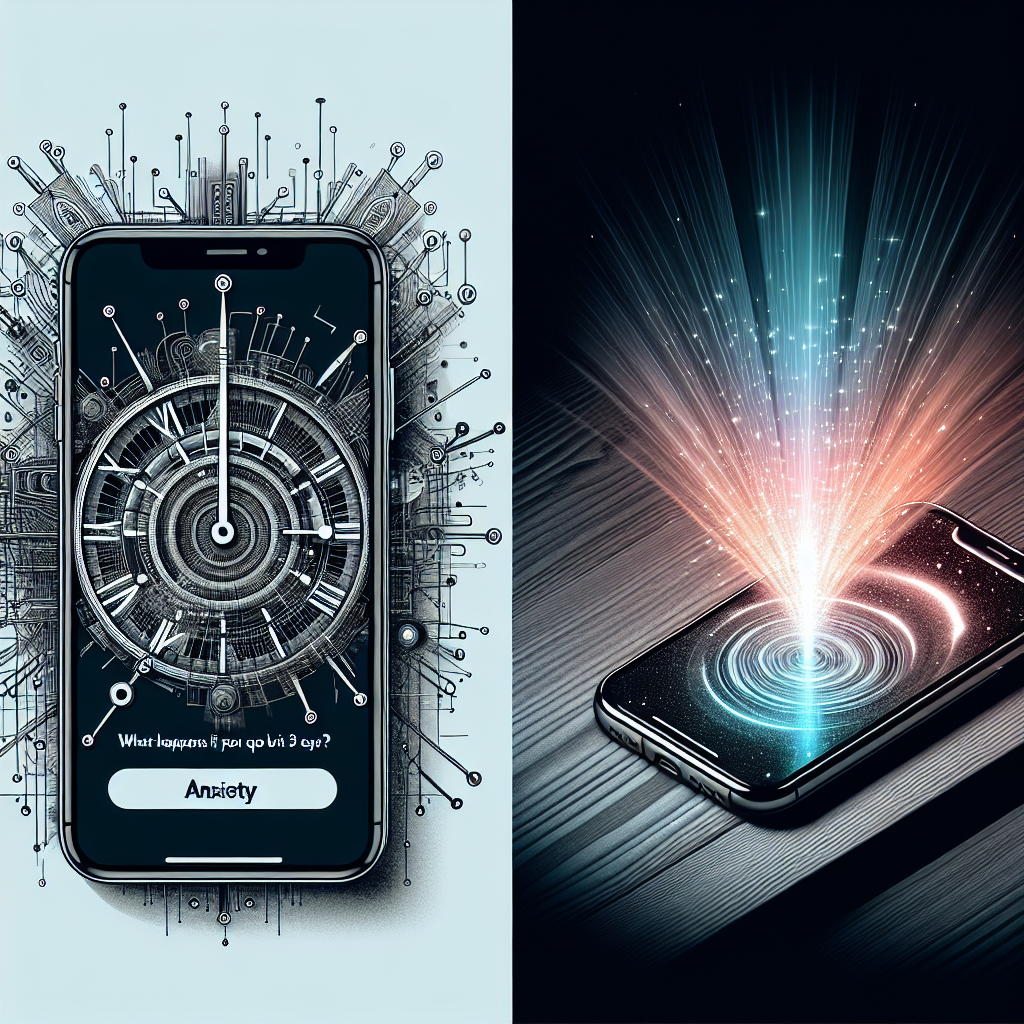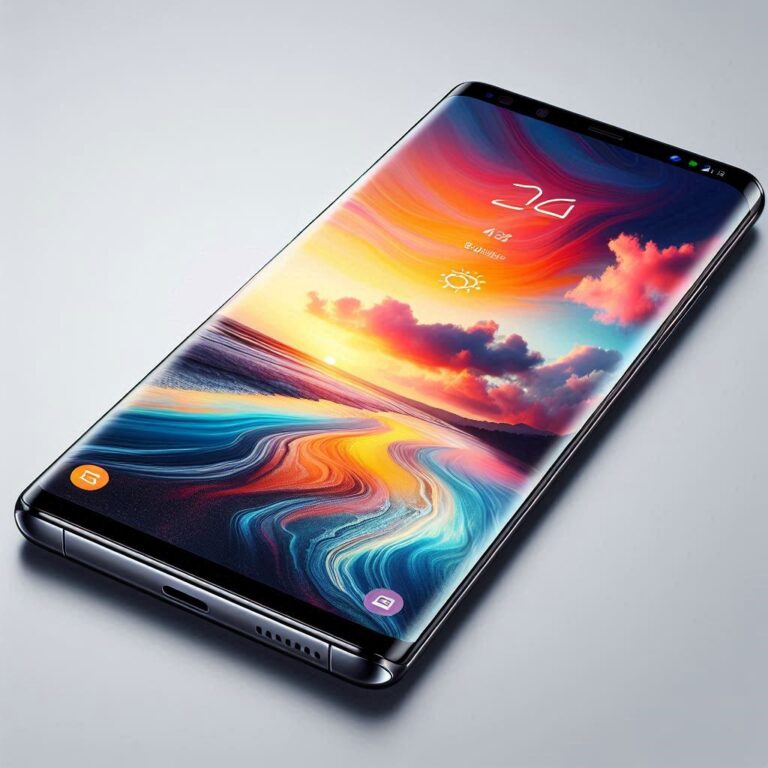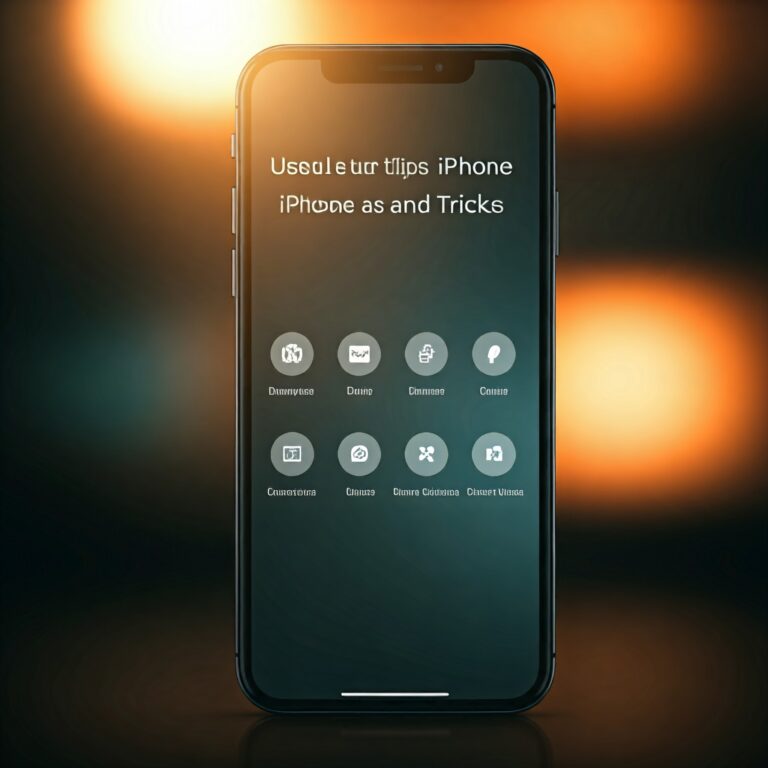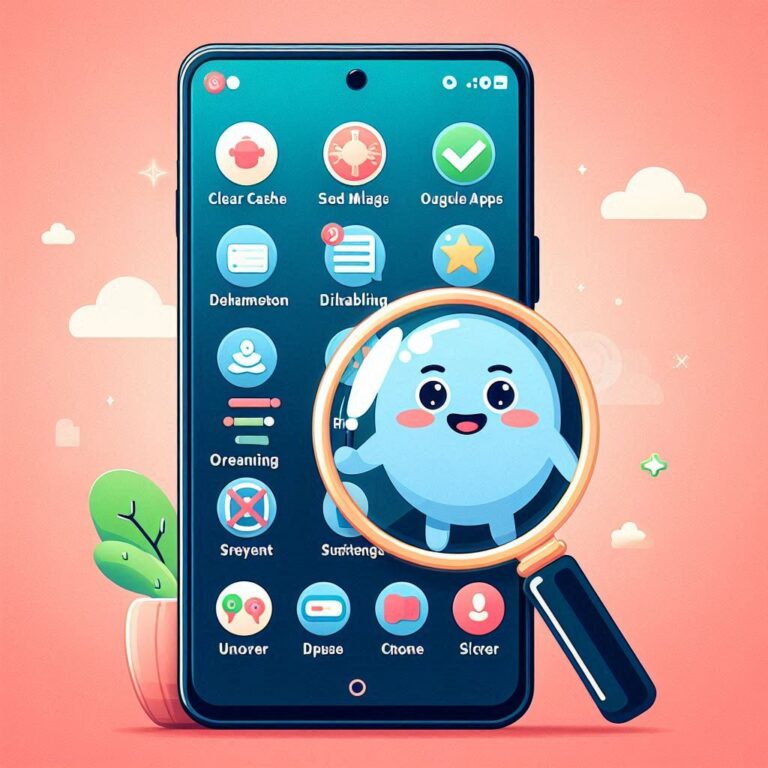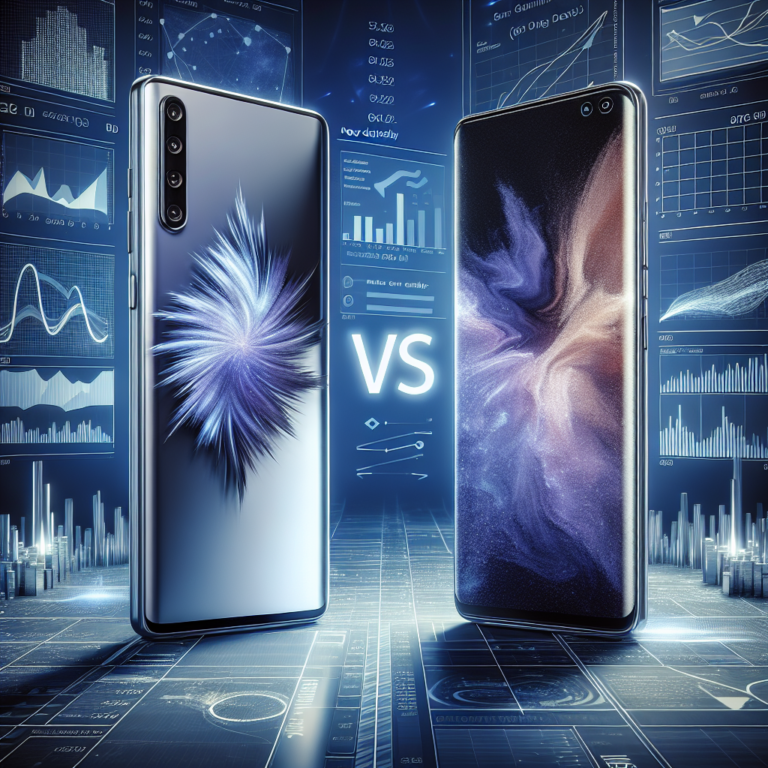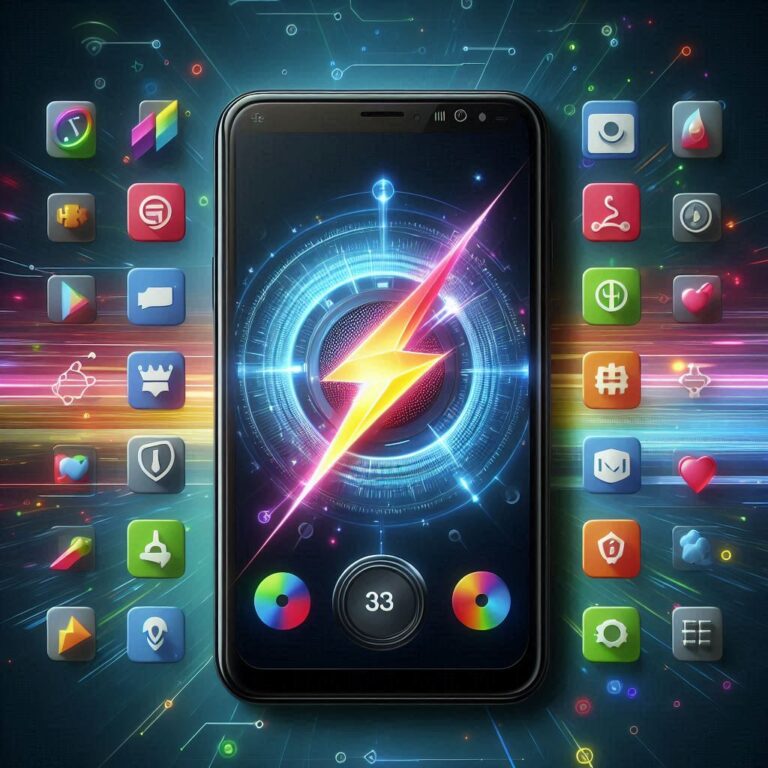Anxiety: What Happens If You Quit Smartphone Use for 3 Days?
Introduction
smartphones have become an integral part of our daily lives. They keep us connected, informed, and entertained. However, the reliance on these devices comes with its own set of challenges, especially concerning mental health. In today’s fast-paced world, it’s common for individuals to experience anxiety, particularly if they ponder what it would be like to disconnect from their smartphones—even for just three days. This article aims to explore the impact of quitting smartphone use for a short period and what anxiety might come from such a decision.
Problem: The Anxiety of Quitting Smartphone Use
Smartphones offer convenience but also contribute to a sense of dependency and anxiety. For many, the thought of quitting smartphone use for even a short span of three days can instigate feelings of unease. Here are several factors that contribute to that anxiety:
Social Connectivity
Smartphones are our portals to the world. They enable us to stay connected with friends, family, and even professional networks. The fear of missing out (FOMO) can trigger significant anxiety when considering a break from smartphone use. In our digital-age culture, missing messages, social media updates, or news can create a sense of urgency and social alienation.
Information Overload
We are submerged in a constant stream of information accessible at our fingertips. The idea of unplugging for 72 hours can evoke feelings of dread at the prospect of missing essential news or updates. Particularly in times of crisis, many feel compelled to stay connected, leading to increased anxiety levels when contemplating a break from their smartphones.
Dependency and Withdrawal Symptoms
Studies indicate that smartphone use can activate the brain’s reward pathways, much like other forms of addiction. Quitting smartphone use may induce withdrawal symptoms such as irritability, restlessness, and anxiety. These physiological reactions add to the apprehension surrounding the idea of quitting, even for a short duration like three days.
Fear of Disconnection
Another layer of anxiety arises from the fear of disconnection. People are accustomed to seeking comfort through their devices. Whether it’s scrolling through social media or checking emails, the smartphone serves as a lifeline in stressful situations. This reliance can lead to anxiety about how to fill the void left by a sudden absence of smartphone use.
Solution: Managing Anxiety When Quitting Smartphone Use
Understanding the potential anxiety associated with quitting smartphone use is the first step to effectively managing it. Here are some strategies to ease the transition and reclaim a more balanced relationship with technology:
Set Clear Boundaries
Establish specific goals for your smartphone-free journey. If three days sounds daunting, you can start with shorter intervals, such as half a day or one whole day. Gradually increasing the timeframe can help build your confidence in managing anxiety and can ease worries about missing out on crucial updates.
Engage in Alternative Activities
Plan engaging offline activities to fill your time. Consider going for a walk, reading an actual book, engaging in creative projects, or practicing mindfulness exercises. These activities help minimize anxiety by keeping your mind occupied and providing a fulfilling alternative to smartphone use. The aim is to redirect your attention toward productive and enjoyable pursuits.
Prepare for Withdrawal Symptoms
Acknowledge that feelings of anxiety may arise as you reduce smartphone use. Just like any other habit, it might take time to adapt to new routines. Be prepared by practicing deep-breathing exercises, meditation, or physical activity to help manage withdrawal symptoms. Understanding that these feelings are temporary can also help mitigate anxiety.
Communicate with Others
If you’re feeling anxious about disconnecting, share your plans with close friends or family. Informing them about your decision can help alleviate some of that anxiety. They might even join you on your smartphone-free journey, transforming it into a shared experience. When people know that you are making a conscious effort, they may be more understanding if you take some time for yourself during this period.
Gradually Introduce Digital Detox
If you’re contemplating taking a break from your smartphone for three days, consider incorporating a digital detox into your weekly routine. Designate certain hours each day as “no smartphone” time. By allowing your mind and body the benefits of a break, you may gradually reduce anxiety and reestablish control over your smartphone use.
Conclusion
While the thought of quitting smartphone use for three days can elicit anxiety, the experience can also offer unexpected benefits. It’s essential to recognize the underlying causes of that anxiety and face them with proactive strategies. Providing yourself with boundaries, engaging in fulfilling offline activities, and preparing for potential withdrawal symptoms can enable you to succeed in taking a break from your device. In the end, a short hiatus may reinforce a healthier relationship with technology, ultimately leading to greater mental clarity and reduced anxiety levels for the user.
Recommendations
If you’re contemplating a break from your smartphone, here are some actionable recommendations:
- Start Small: If three days feel overwhelming, begin with short digital detox sessions and gradually extend them.
- Plan Activities: Choose activities that excite you and keep you engaged, such as hiking, reading, or exploring new hobbies.
- Stay Mindful: Practice mindfulness techniques to help ground yourself and reduce anxiety throughout the experience.
- Celebrate Success: Recognize and celebrate your achievement if you complete three days without your smartphone. Reinforce the positive feelings associated with this accomplishment.
Taking a break from your smartphone may not only alleviate anxiety but also foster a greater appreciation for the world beyond the screen.
